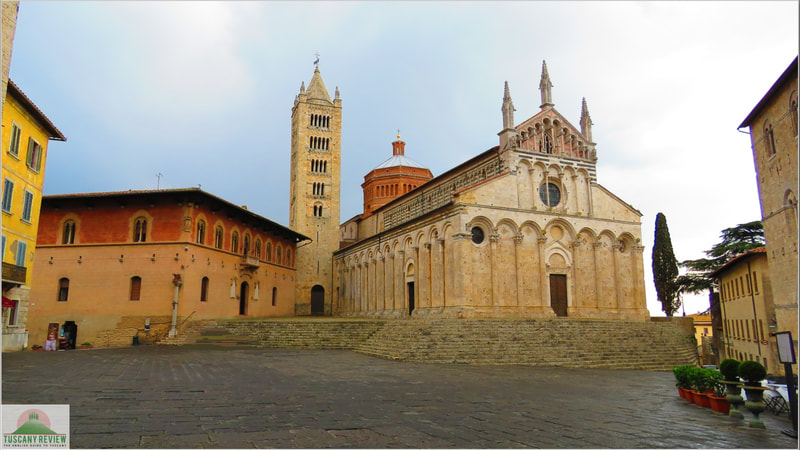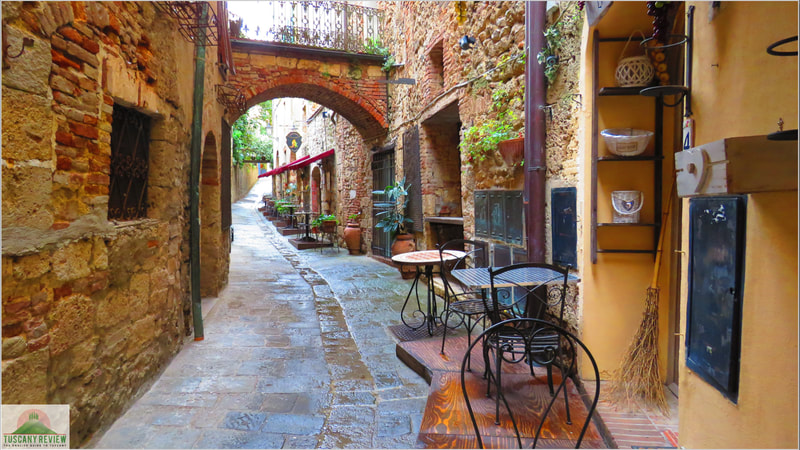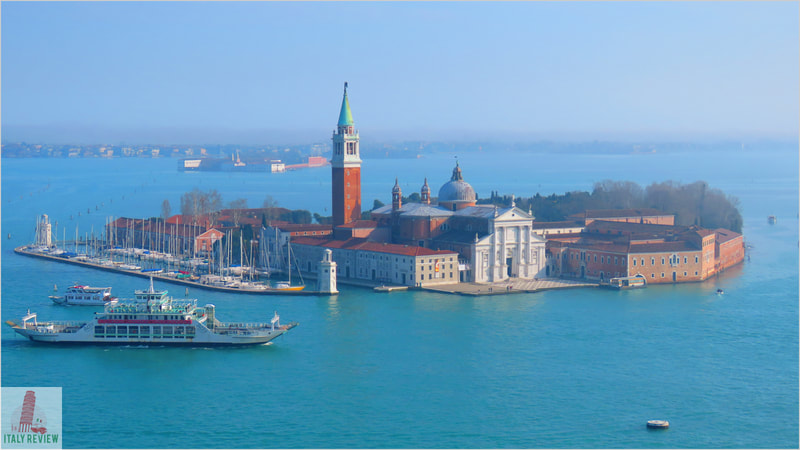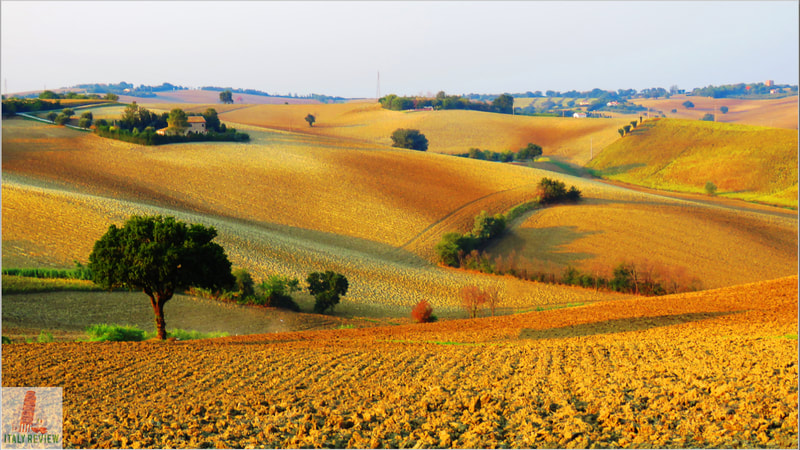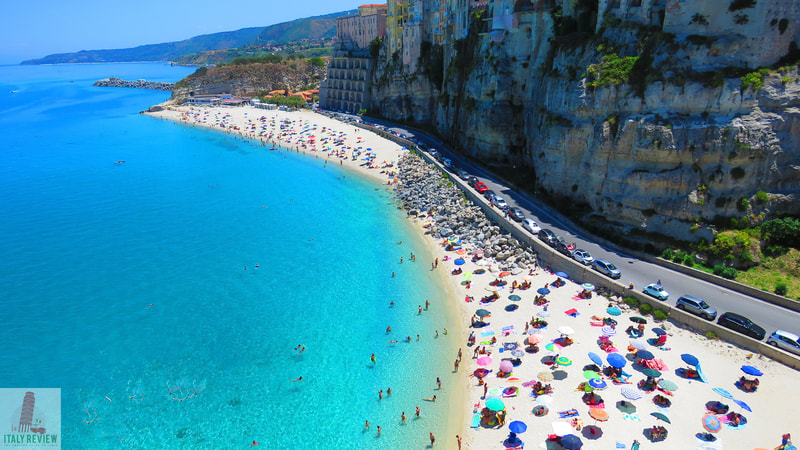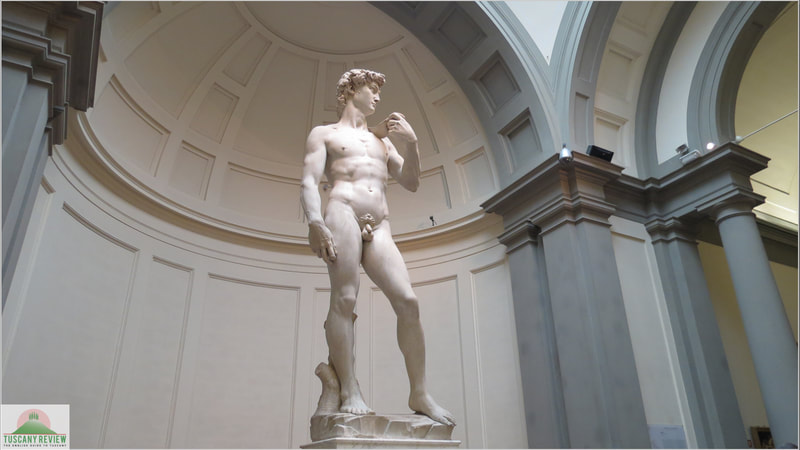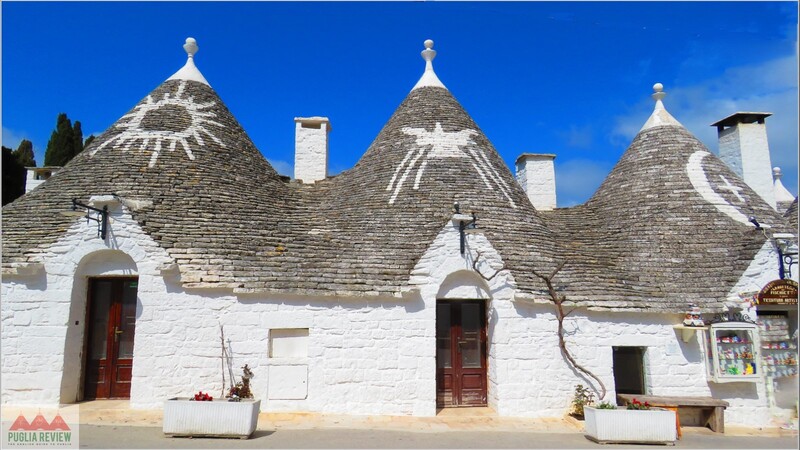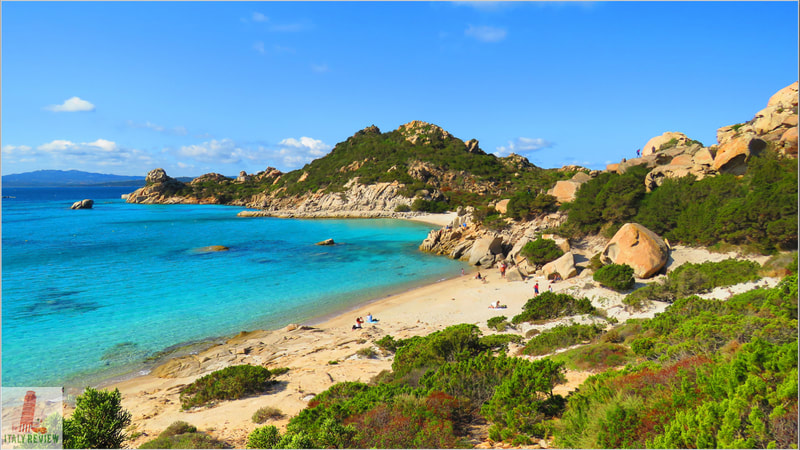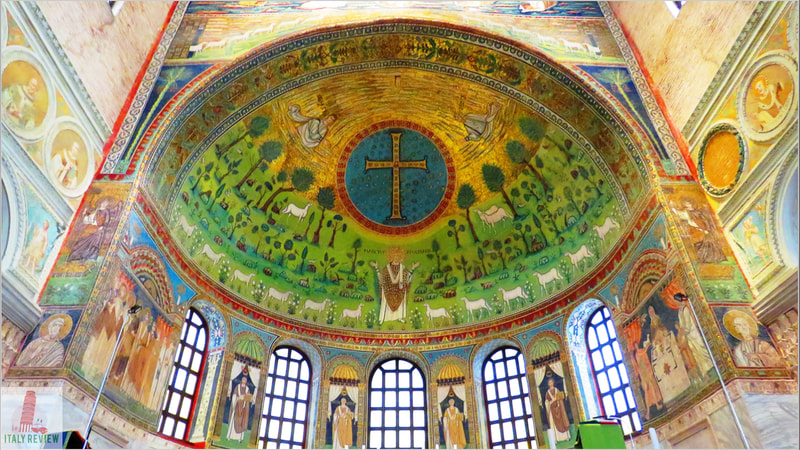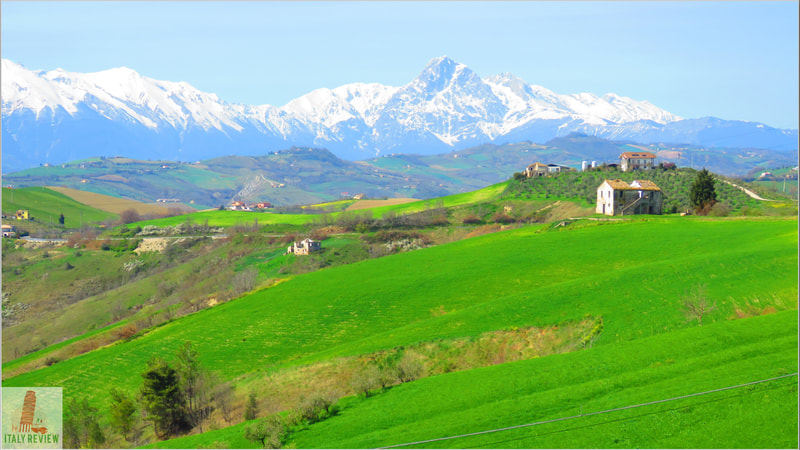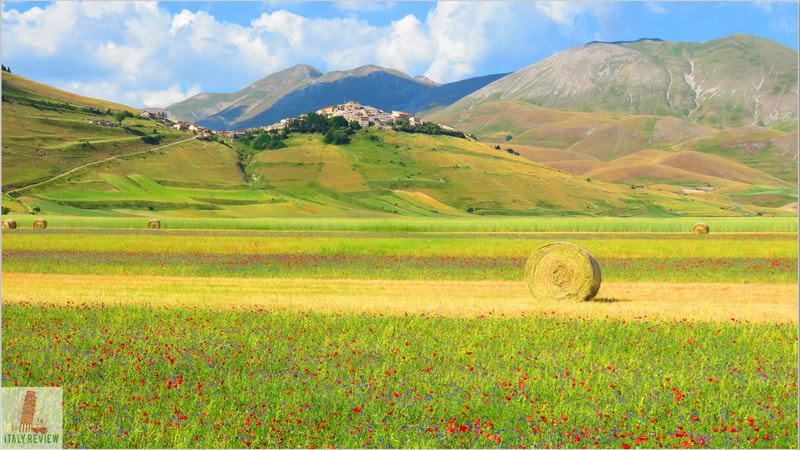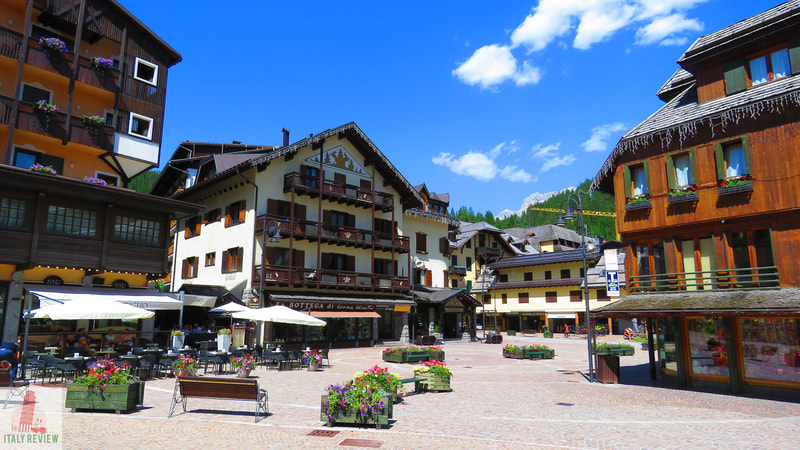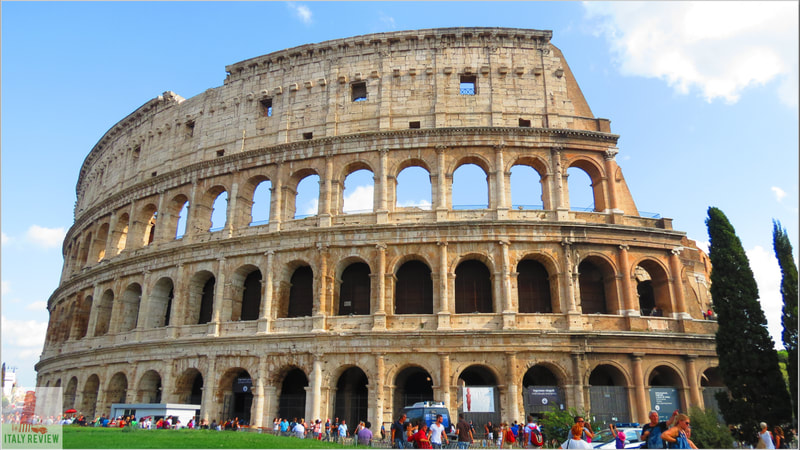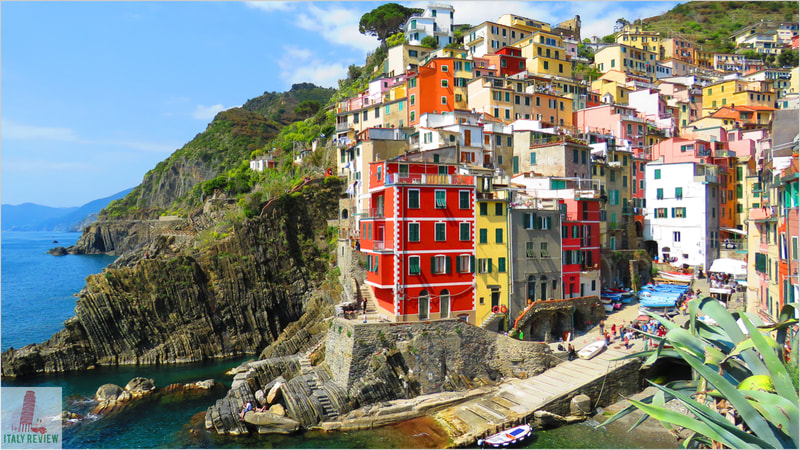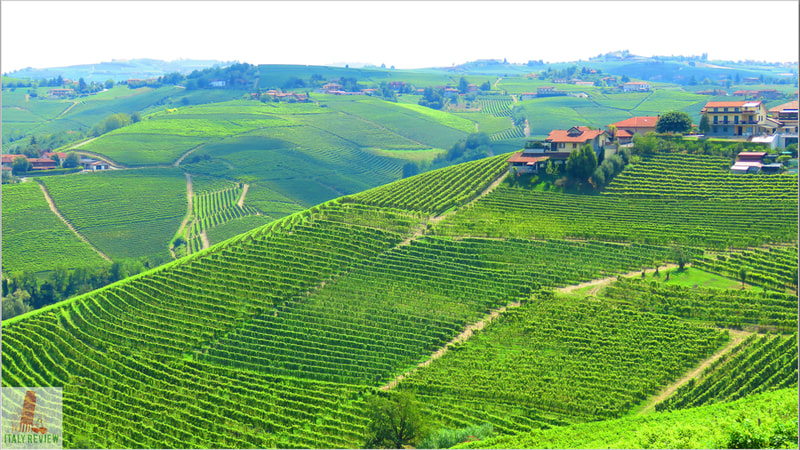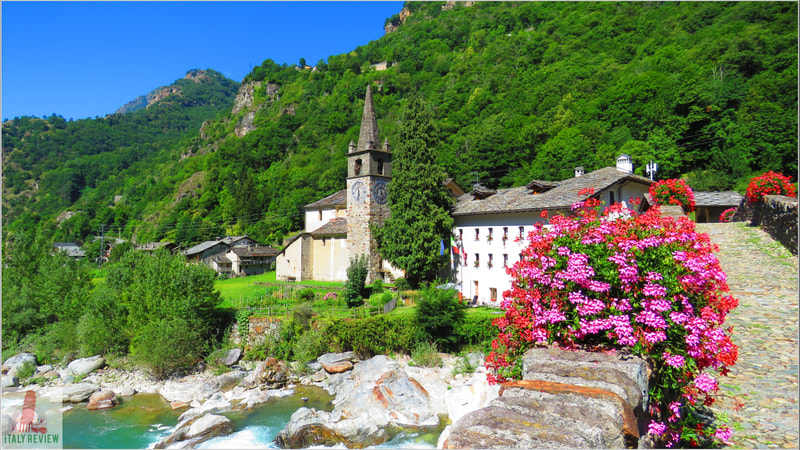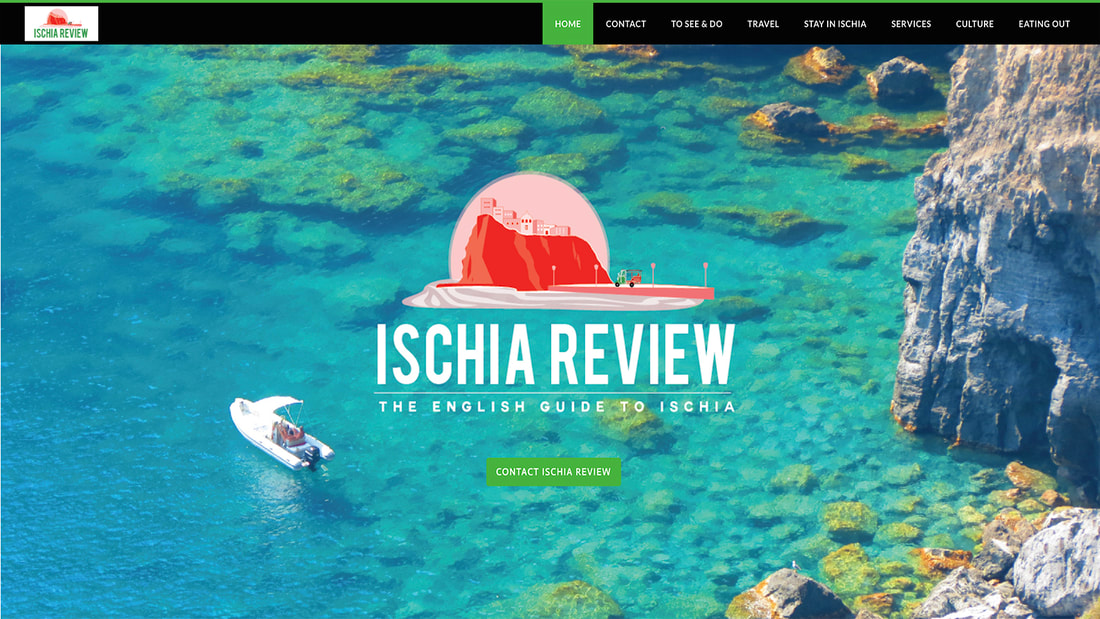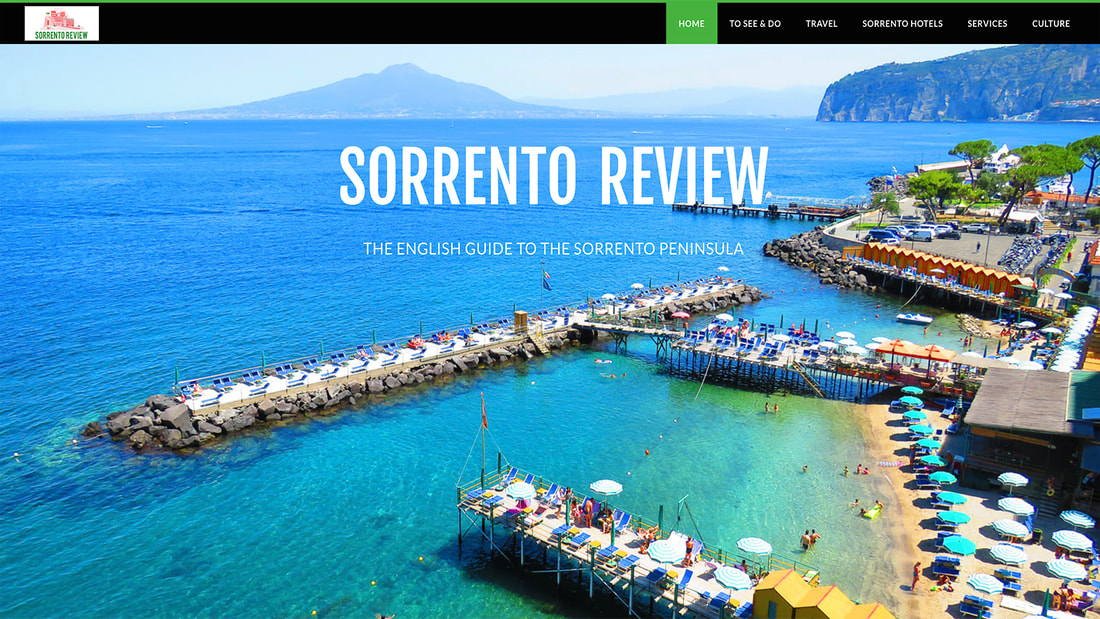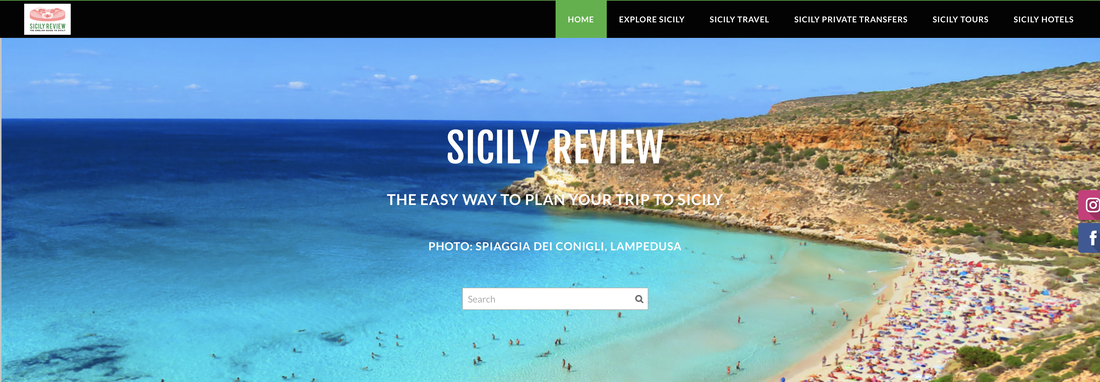Massa Marittima
|
By Dion Protani
|
Latest update: 29 November 2023
|
|
The hill town of Massa Marittima is situated within the Province of Grosseto, a distance of 142 kilometres south of Florence, the regional capital of Tuscany.
Standing at an elevation of 380 metres above sea level it has a population of around 8,000 residents. Nearby places of interest include Roccatederighi, Follonica, Abbey of San Galgano and Prata. |
Related links
Profile
Massa Marittima is a charming medieval town located in the heart of Tuscany, Italy. Nestled in the hills of the Metalliferous Hills, the town offers stunning views of the surrounding countryside and is rich in history, culture, and architectural treasures.
Massa Marittima's well-preserved historic center and welcoming atmosphere make it a popular destination for both history enthusiasts and those seeking an authentic Tuscan experience.
Massa Marittima's well-preserved historic center and welcoming atmosphere make it a popular destination for both history enthusiasts and those seeking an authentic Tuscan experience.
History
The history of Massa Marittima dates back to the Etruscan and Roman periods, but it was during the Middle Ages that the town flourished as an important center for mining and metallurgy. Massa Marittima was ruled by the powerful Aldobrandeschi family until it became an independent commune in the 13th century.
During this time, the town enjoyed a period of economic and cultural prosperity, as evidenced by its beautiful medieval architecture and impressive buildings. The Cathedral of San Cerbone, constructed in the 13th century, stands as a testament to the town's medieval grandeur.
During this time, the town enjoyed a period of economic and cultural prosperity, as evidenced by its beautiful medieval architecture and impressive buildings. The Cathedral of San Cerbone, constructed in the 13th century, stands as a testament to the town's medieval grandeur.
Highlights and nearby attractions
- Piazza Garibaldi: The central square of Massa Marittima is a vibrant gathering place, surrounded by medieval buildings, restaurants, and cafes.
- Cathedral of San Cerbone: This impressive Romanesque-Gothic cathedral dominates the skyline of Massa Marittima and houses valuable artworks, including a stunning 13th-century wooden crucifix.
- Archaeological Museum: Visitors can learn about the town's ancient history and archaeological findings at the Museo Archeologico di Massa Marittima.
- Palazzo del Podestà: This medieval palace served as the residence of the town's chief magistrate and now hosts cultural events and exhibitions.
- Mining Park: The Mining Park of Massa Marittima allows visitors to explore the region's mining heritage through guided tours and underground tunnels.
- Toscana Foto Festival: Every summer, Massa Marittima hosts an international photography festival, attracting photography enthusiasts and professionals from around the world.
- Surrounding Nature: The town is surrounded by lush landscapes, providing opportunities for hiking and enjoying the Tuscan countryside.
- Local Cuisine: Massa Marittima offers a variety of restaurants and trattorias where visitors can savor traditional Tuscan dishes and local wines.
Comune di Massa Marittima
|
Province: Grosseto
Region: Tuscany Population: 8,169 (source: ISTAT 1 January 2022) Size: 284 km² Elevation: 380 metres Close by: Roccatederighi, Follonica, Abbey of San Galgano, Prata Recommended hotel: Massa Vecchia |

